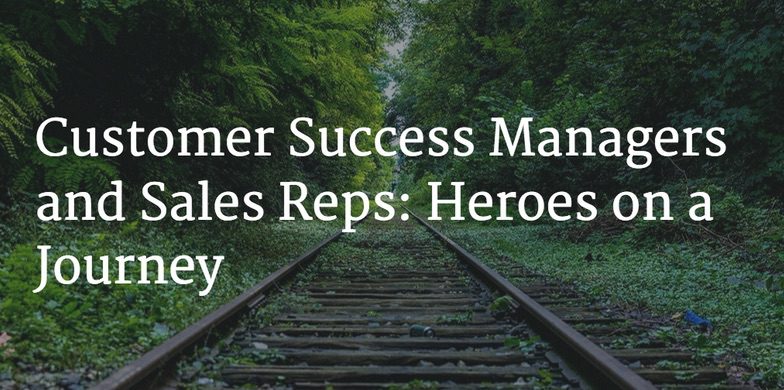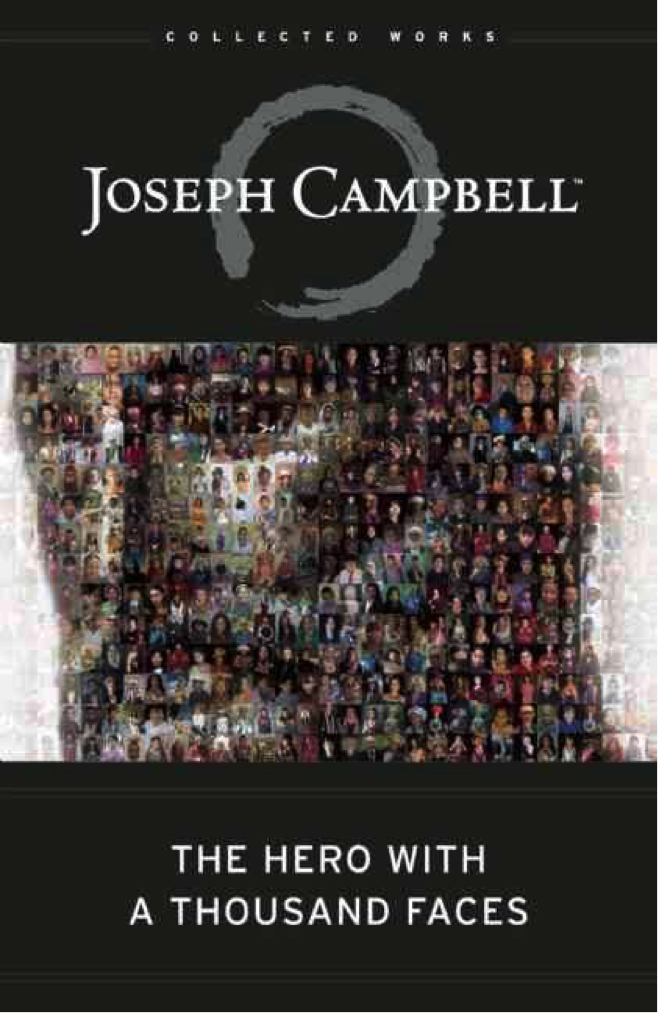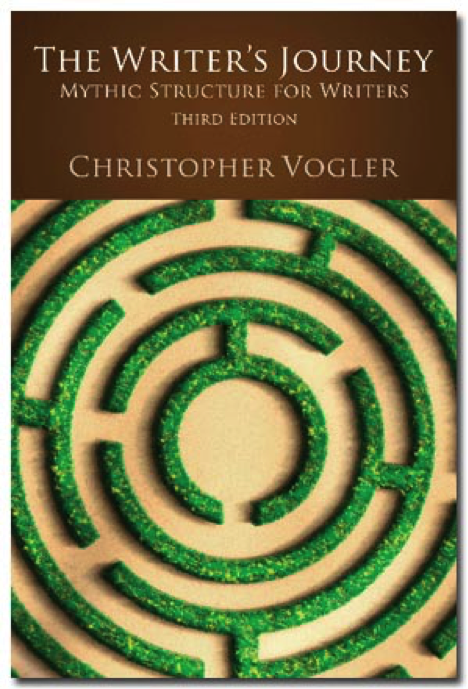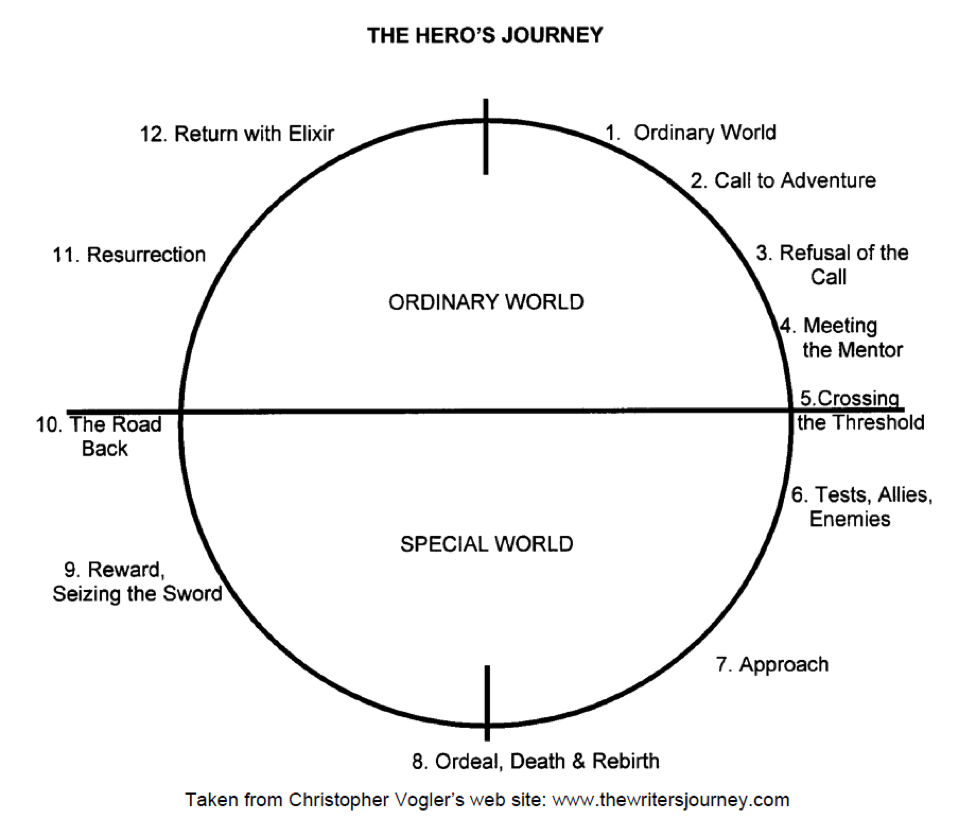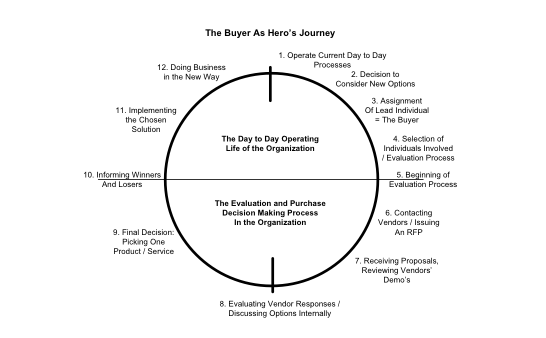You are a sales rep working for an innovative organization with a great product. You’ve just been involved in pitching an opportunity to new prospect. They turned you down in favor of a competitor’s product. Your sales manager asks you what went on – why did we not win this business? You answer to the best of your ability, given what you know.
But the fact is you don’t really know. When you call your contact in the prospect and ask, you get the sense that you’re being given a polite, almost politically correct answer. And so, although you have an answer for your boss, you’re left with a feeling in the pit of your stomach that you really don’t know why they decided to buy someone else’s product rather than your own.
Believe it or not, your situation is perfectly normal. You are a sales rep. Your goal is do the best you can for the organization you represent. That means winning in competitive situations. You see everything through a set of lenses which is deeply conditioned by your goal. It is almost impossible for you to place yourself in the shoes of the buyers with whom you interact. Buyers are on a journey within their organizations with goals that are very different from yours.
You are a customer success pro working with a customer that has selected your product or service. Unlike your sales reps peers, you don’t need to explain why you lost a competitive opportunity. Your job is to make sure that the individuals in your customer succeed as they use the product or service their organization has bought from yours. You are a hero when these people are implementation and day to day user heroes in their own organization.
But you both have something in common. You both need to understand what make a customer individual a hero in their organization. You need insight into the hero’s journey that these people go on, first as buyers and then as users.
The Mythical in Everyday Organizational Life
In this day of the MBA, the Internet, and financial analysis spreadsheets, we all like to believe that organizational decision-making is a rational process. In fact, rationality is just one part of the complex dynamics that lead to a buying decision. A buyer has a simple goal – make or facilitate/coordinate a buying decision which leads to the best possible choice in the specific context of the organization for whom the buyer works. But the journey that the buyer goes on to accomplish that goal is often anything but simple. Buyers need to take into account all of the other people within their organization, as well as the sales reps and other vendors’ staff with whom they deal.
Customers using your product or service are on also on a hero’s journey. Their goal is to use your company’s product or service in a way that generates organizational success; however their organization may define it. If you are customer service professional, your job is to help them on this journey.
The hero’s journey is a useful framework for understanding both the buyer’s and the product user’s journey.
The Hero’s Journey
Joseph Campbell, in his seminal 1949 book, “The Hero with A Thousand Faces”,
helped us all understand that human life is a complex mixture of the rational, the emotional, and the social-organizational. Campbell’s insights have influenced the creative process ever since. Popular movies such as Star Wars
reflect Campbell’s insights. Christopher Vogler’s book “The Writer’s Journey: Mythic Structure for Writers” translated Campbell’s academic language into practical how to terms for book and script play authors.
The hero moves through a set of stages in the hero’s journey and spends time in the special world of the quest for a period of time becoming coming back to the ordinary world of day to day life. Vogel depicted Campell’s hero’s journey in the following schematic.
We all seek to be everyday organizational heroes
The dynamics of the hero’s journey pervade human life. We all live out its dynamics in our day-to-day lives as organizational members. We all seek to be heroes – to do the right things – to do the things which gain us organizational reward and recognition. Everyone who wants to accomplish something within an organization goes on a hero’s journey of some kind. We are all seeking to be day to day heroes in our working worlds.
Buyers and sales reps go on overlapping, but different heroes’ journey whenever a buying decision is made. The buyer’s journey is one which enfolds inside her or his organization. The ordinary world, day-to-day world of the organization is changed at the point in time when a decision to buy a new product or service. The buyer’s hero journey begins.
In some organizations, this is a solitary journey. In others, the buyer needs to bring together a group of people who will be involved in making this buying decision. For such a buyer, the buyer’s journey is as much about facilitating and coordinating the interaction of these people as it is about picking a final product or service winner.
User’s go on journey which often starts when the buyer’s / sale rep’s journey comes to an end.
Stages on the Journey
The buyer’ / user’s journey has a series of stages, much like the hero’s journey that Campbell teased out of his review of human fiction and myth. Individuals inside the organization:
- Identify purchase possibilities,
- Interact with vendor sales and technical reps,
- Discuss the relative strengths and weaknesses of purchase options,
- Talk about, defend and advance their personal choice preferences,
- Come to a conclusion about which product /service to acquire,
- Take steps to implement the product / service they acquired,
- and finally, use the implemented product or service to do the things with mean success on a day to day basis in their organization.
When an organization decides to consider a new buy, the organization moves from its ordinary day to day working world of the organization into the special world during which an organization considers new possibilities. The people in the organization talk about the potential future impact of what they are considering buying upon the day to day working world of the organization.
Once the organization’s buying decision is made, this journey moves to completion. Vendors are informed about whether or not they have won. The buyer and other people inside the organization build (or extend / renew in the case of a renewal) relationships with the selected supplier. Vendor and organizational players communicate about what it takes to implement the chosen product or service. Implementation work proceeds.
Once that implementation is complete, the ordinary day-to-day life of the organization resumes, now restructured around the new choice. The organization returns to its ordinary operating world. Individuals in that organization now achieve success on their organizational journey when they use the new product or service to meet the organization’s objectives. The customer success professionals in the selling organization work with client individuals to support and to deepen the ways in which these client individuals achieve this.
The Sales Rep Hero’s Journey
If you are a sales rep, you are on a hero’s journey. It mirrors the buyer’s journey. But the events on your journey are a reaction to the event’s occurring on the buyer’s journey. You response to their events in ways that are intended to achieve your goal: Win the competitive opportunity. The way you do so is conditioned by the sales culture and process in place inside your own organization.
Sales reps could win more competitive opportunities if they could fully step into the buyer shoes as the buyers proceed on their internal buying journey. Unfortunately, even the most empathic sales reps cannot fully do so. Sales reps have their own journey to travel and their own quest – winning – to complete.
When sales reps win, they congratulate themselves on having understood enough of the competitive dynamics in a specific opportunity to have won. When sales reps lose, they need to explain the reasons for the loss to others in their own organizations. Those explanations, as well as being based on what the sales rep’s knows about the buyer, also reflect sales reps’ experiences of what they went through inside their own (i.e. the selling) organization. Sales reps can never fully access all of the details of the buyer’s internal journey. They cannot tell the buyer’s story from the buyer’s point of view for two core reasons.
One, they are wearing sales reps’ lens – the perspective of their organizations – when they interact with the buyer after a win or a loss. That influences the way they perceive what they see and hear, and how they interpret it. Asking about a win or a loss after the fact is an event in their hero’s journey.
Two, the buyer has been on a different journey – that unfolded within the SPECIFIC context of their organization. When a sales rep asks for information in a loss situation, that buyer is going to tell the sales rep what ever the buyer thinks is necessary from the buyer’s point of view. Sometimes, the buyer’s responses reflect a need to maintain a continuing relationship with the selling organization. Sometimes, what the buyer says reflects an effort to be polite and get along. Sometimes, the buyer’s response simply reflects an internal dynamic not to continue to engage with a sales reps’ organization. The buyer’s communication to the sales rep almost never goes deep – providing the full insightful story about the internal journey that the buyer, and the other people in the organization, went on their quest to be buying heroes.
The Customer Success Professional’s Journey
The customer success professional journey’s starts when the sales rep’s journey ends. During implementation, customer success individuals problem solve with buyer staff to implement the new product or service. Once implementation is complete, customer success professionals continue to work with client staff to problem solve with them and support them as their strive to be day to day hero’s who deliver results in the ordinary working world of the buying organization.
Understanding these Hero’s Journeys
Once you apply these hero’s journey frameworks to the buying – selling – product using – customer success process, your understanding of them changes fundamentally. You know that each deep story, that of the buyer, that of the sale rep, that of the product user, and that of the customer success professional, although intertwined, is fundamentally different. You can ask questions in your conversation with each which congruently respects each journey. You don’t confuse them, or go looking for information that you need to understand one journey while talking to an individual who has been on the other.
Eigenworks is a Hero’s Journey Specialist
Eigenworks, as a third party, has access to these deep stories. We can provide buyer intelligence to our clients at a level that always exceeds what our client, if they are a selling organization, can get for itself. We can provide customer success stories to our clients that truly tells what it takes to achieve organizational success with a selling organization’s products and its customer success support.
First and foremost, our whole approach to collecting information is to treat the buyer / product user as a hero, and respect all of the elements of the journey that the individuals in these roles has been on inside their organization. Eigenworks can congruently convey that we are ONLY interested in finding out what happened inside the organization. The customer staff we interact with quickly understand, both cognitively and emotionally, that we are focused on finding out how buyers and users behave as day to day heroes inside their organization. We have no other motive. Our goal is fully and completely compatible with the each individual’s every day hero’s journey.
Secondly, we are specialists in this interviewing process. We do it for many customers. As a result, we bring our deep understanding of the organizational hero process, as well as our refined interviewing skills, to this task. Our clients comment again and again on the results – a far deeper more complete presentation of what really happened in a buying or customer success situation then they can gather for themselves.
